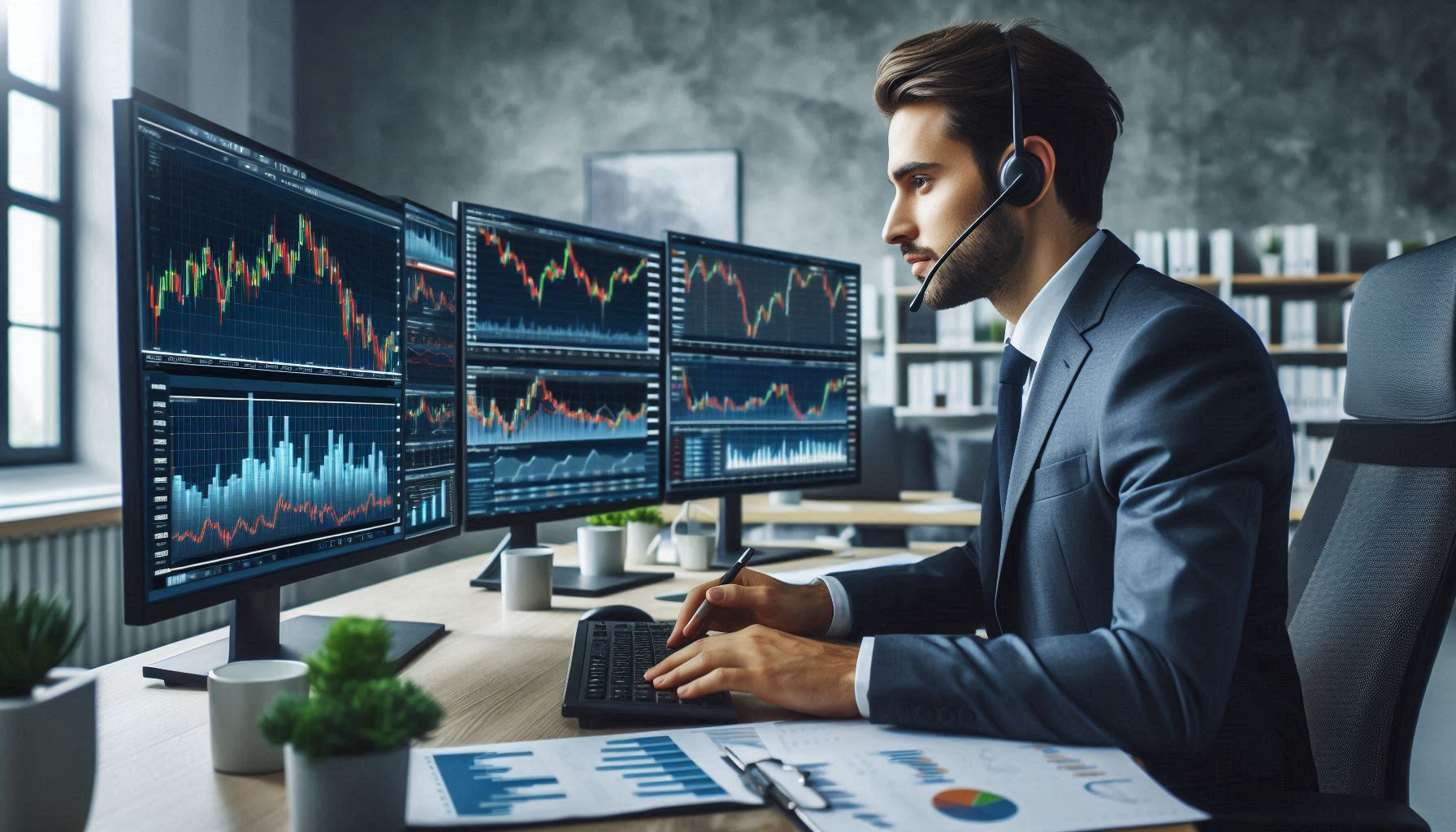Learn Investing: What Makes the U.S. Dollar a Safe Haven — And When It Stops Being One
Because even the world’s most trusted currency has a breaking point.
You’ve probably heard it before:
“In times of crisis, investors rush to the U.S. dollar.”
But… why?
If you’re just starting your investing journey, it might seem odd that when global markets panic, everyone suddenly wants more dollars. It’s not because people want to go shopping in New York. It’s because the U.S. dollar is considered a “safe haven.”
But here’s the twist: that safety isn’t guaranteed. In fact, former Treasury Secretary Janet Yellen just warned that some investors may be starting to question the safety of U.S. assets—and the dollar didn’t act like its usual self during recent market turbulence.
So what exactly makes the dollar a safe haven—and how do you know when that status might be at risk?
First, what is a “safe haven” anyway?
In investing, a safe haven is an asset people flock to during uncertainty. It’s where money goes to feel safe.
Think of it like this:
If the global economy is a stormy sea, the dollar is often seen as the most reliable lifeboat.
Historically, the U.S. dollar earns that trust for a few big reasons:
-
The U.S. has the largest, most liquid bond market in the world (U.S. Treasuries)
-
The dollar is used in the majority of global trade and central bank reserves
-
The U.S. economy is relatively stable and diversified
-
American financial markets are deep, transparent, and highly regulated
In short, when things go south, the world says, “Just give me dollars.”
But here’s the catch: Even lifeboats can leak
Lately, something unusual happened.
Normally, when markets get nervous, we see:
-
Stocks fall
-
U.S. Treasury yields drop (as people buy bonds)
-
The dollar rises (as global capital rushes in)
But recently, Treasury yields rose while the dollar fell—a signal that some investors may be pulling back from U.S. assets, even in a moment of stress.
According to Yellen, this shift could reflect deeper concerns:
-
A lack of confidence in U.S. fiscal policy
-
Rising debt levels
-
Political instability or trade tensions
That means we’re seeing a stress test of the dollar’s safe haven status—and it’s a teachable moment for investors at every level.
What happens when the dollar loses its shine?
If global investors stop treating the dollar as the ultimate safe haven, it could mean:
-
Less demand for U.S. bonds, which can push yields even higher
-
A weaker dollar, which affects purchasing power and import prices
-
Volatility in emerging markets, many of which rely on dollar-based funding
-
Shifting capital flows toward other currencies (like the euro, yen, or Swiss franc)
That doesn’t mean the dollar is suddenly unreliable—but it does remind us that confidence is a currency too.
Why this matters to your portfolio (even if you only buy U.S. stocks)
Here’s where this all connects to you:
-
A weaker dollar can boost U.S. exporters.
Companies that sell goods overseas (think Coca-Cola or Apple) may benefit as their products become cheaper in foreign currencies. -
A stronger dollar can hurt commodity prices.
Since oil, gold, and other global commodities are priced in dollars, a rising dollar often puts pressure on those markets. -
The dollar can impact inflation.
A weaker dollar makes imports more expensive—potentially driving up inflation. That can influence Fed policy, interest rates, and stock prices. -
Global investors watch the dollar. So should you.
Currency trends often lead stock market moves. Understanding how the dollar behaves helps you read broader market sentiment.
So, what should beginner investors watch for?
Here are a few simple signals to track the dollar’s behavior:
-
DXY Index – A common measure of the U.S. dollar vs. a basket of other major currencies
-
USD/JPY or EUR/USD charts – Forex pairs that reflect dollar strength or weakness
-
U.S. Treasury yields – Often move in tandem with the dollar
-
Comments from the Fed or Treasury – Policy signals that can shift confidence
And remember: the dollar may not move fast, but when it does, it usually means something big is happening under the surface.
Bottom line: Safe havens are built on trust—and trust can shift
The U.S. dollar has earned its status as the world’s most trusted currency, but that trust is not permanent. Whether it’s tariffs, political gridlock, or massive deficits, investors are always watching—and when confidence fades, capital finds new homes.
As a beginner investor, learning how the dollar behaves—and why it matters—gives you an edge. Because in times of uncertainty, the market doesn’t just ask “what should I buy?”
It asks, “what can I trust?”
Coming soon: ForexLive is becoming investingLive.com
We’re expanding to help investors like you master more than just currencies. From stocks and bonds to smart macro insights, you’ll get the tools and education you need to invest with confidence—no matter what the dollar is doing.
This article was written by Itai Levitan at www.forexlive.com.
